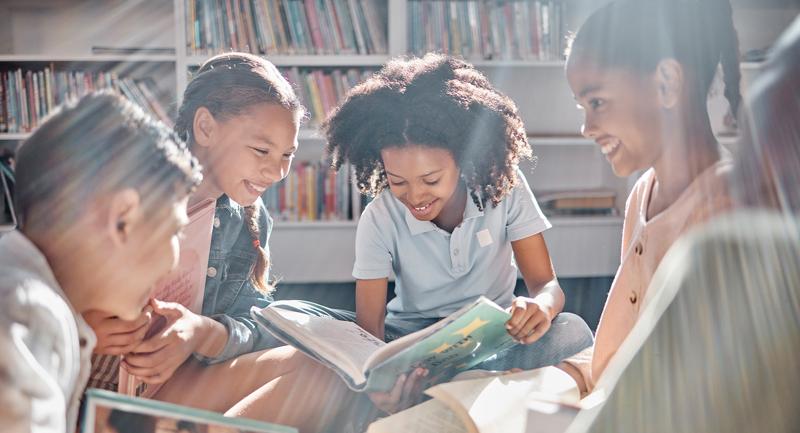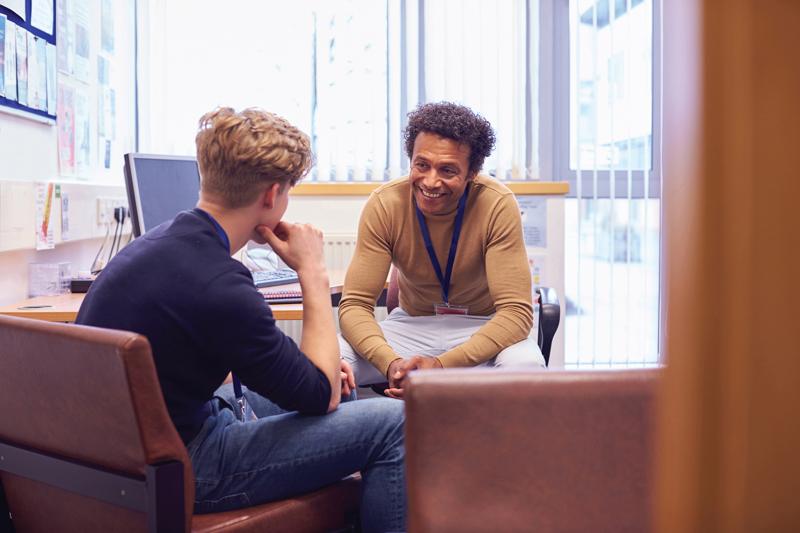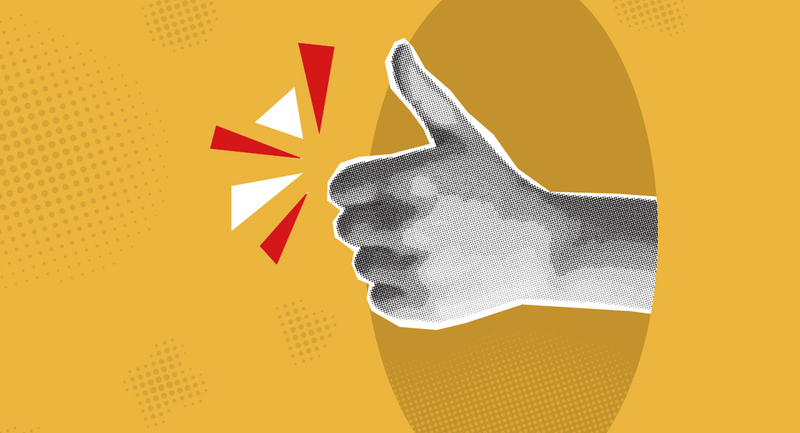April 1, 2010
•
5 min (est.)•
Vol. 67•
No. 7The Art and Science of Teaching / Teaching Inference
Thinking and reasoning processes—such as problem solving, decision making, and the like—have been identified as legitimate and even necessary 21st century skills. Although they are not new skills, what is new in the last 20 years is that we've become aware that some cognitive processes are foundational to higher-order thinking. Inference is one of those foundational processes.
To begin, it's useful to make students aware of the fact that they generate inferences all the time. Teachers can foster this awareness in a variety of ways. For example, if elementary students are reading a story about two children walking alone through the forest, the teacher might ask them to predict what will happen next. One student might report that "something bad is probably going to happen."
As students articulate their predictions, the teacher would point out that these things will not necessarily happen. Rather, students are filling in information that the story has not yet revealed. They're making inferences.
Similarly, consider middle school science students watching a video about the Earth's orbit around the sun. The teacher might pause and ask, "Given that the sun is a source of heat, what conclusions might you make about seasonal changes on Earth?" One student might understandably (although mistakenly) conclude that the elliptical orbit of the Earth is the cause of the change in seasons—that when the Earth is farthest from the sun, it's winter, and when the Earth is closest to the sun, it's summer. As students offer various conclusions, the teacher would point out that they are presenting their own opinions; the answers are not found thus far in the video clip. Again, the students are making inferences.
Teachers can use a simple process to guide students in analyzing the effectiveness of their inferences. It involves posing four questions drawn from what researchers call elaborative interrogation. Typically, the teacher poses these questions to students and interacts with them around the answers.
The first question helps students become aware that they have just made an inference—that is, that they have just filled in information that was not directly presented to them. Students might make two types of inferences. Default inferencesare automatic assumptions. The elementary student who predicts that "something bad is probably going to happen" to the two children walking in the woods has most likely read other stories about lost children and assumes that the plots will be similar.
A second type of inference is a reasoned inference, a conclusion that we make about a topic on the basis of available information. The science student who concludes that winter occurs when the Earth is farthest from the sun and summer occurs when it is closest to the sun is making a reasoned inference. She knows that the closer you are to a source of heat, the warmer you will feel and that the farther away you are from the source, the colder you will feel. She reasonably, but mistakenly, concludes that the elliptical orbit of the Earth explains its seasons.
As students ponder this second question, teachers should query them about their thinking and guide them in articulating the premises on which they've based their inferences.
Consider the default inference the student made about the lost children. Answering this second question makes the student aware that, on the basis of his familiarity with other stories, he has created a rule that he now uses. For the student who made a reasoned inference about the Earth's orbit and the change of seasons, answering this second question would help her realize that she made this inference on the basis of her generalization about temperature and proximity to a source of heat.
Once students have identified the premises on which they've based their inferences, they can engage in the most powerful part of the process—examining the validity of their thinking. With default inferences, the teacher simply asks students to consider other possible premises: "Do you think there are stories about children lost in the woods in which something bad does nothappen? What are some other things that might happen?"
With reasoned inferences, it's useful to examine both the truth of the premise and the validity of the thinking that led to the inference. In the case of the science student, her thinking was valid. In the absence of other factors, a decidedly elliptical orbit would have a significant influence on Earth's climate, given the relationship between temperature and proximity to a heat source.
However, as the teacher guides the student in examining her thinking—by asking her to explain her thinking and then pointing out misconceptions or missing elements in her explanations— the student comes to understand that she was operating from a flawed premise.
Through such an interaction, the student is able to articulate the fact that although we often describe the Earth's orbit as elliptical, it's actually closer to a circle; thus, the change in distance to the sun at different points in the orbit is not great enough to create a strong effect. The change in the Earth's tilt is far more dramatic. During the Northern Hemisphere's summer, for example, the land north of the equator is tilted toward the sun, allowing more of the sun's energy to heat it. Thus the tilt, rather than the shape of the orbit, is the stronger influence on seasonal changes.
The final step in the process is for students to consider possible changes in their thinking. The point here is not to invalidate students' original inferences, but rather to help them develop the habit of continually updating their thinking as they gather new information.
The elementary student who has made the inference about stories with lost children might be alert for different patterns in story plots in the future. The science student might become more aware of the need to consider additional facts before coming to a conclusion when examining physical phenomena.
Making inferences is the foundation to many of the higher-level thinking processes that we want students to use more effectively in the 21st century. Although all students make inferences quite naturally, teachers can use strategies like these throughout the curriculum to help them become more thoughtful in their inferences.
End Notes
•1 Ozgungor, S., & Guthrie, J. T. (2004). Interactions among elaborative interrogation, knowledge, and interest in the process of constructing knowledge from text. Journal of Educational Psychology, 96(3), 437–443.








